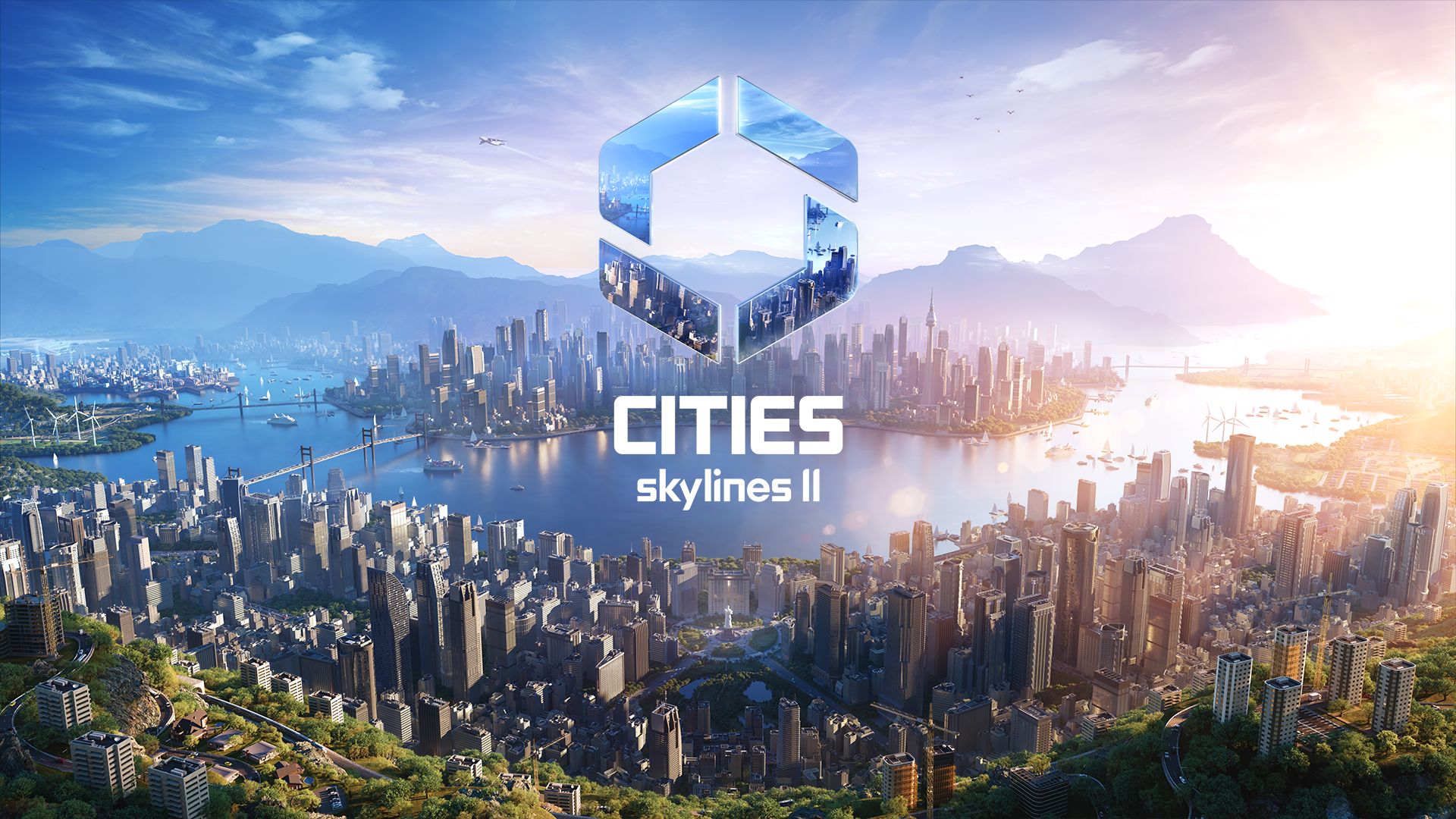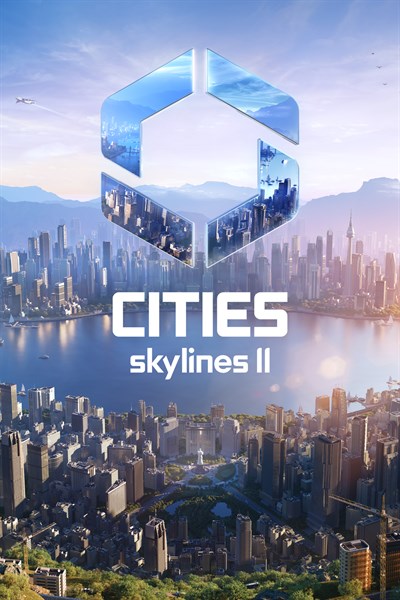
Cities: Skylines II – The Road From Village to Metropolis with These Helpful Tips
Summary
- Starting a new city with a blank map can be a daunting task but understanding a few key mechanics can set you up for the road ahead.
- Setting up the structure of your city will give you a great jumping off point for expansion.
- Cities: Skylines II is now available to play on Windows and with PC Game Pass.
When we started to develop Cities: Skylines II — available today for Windows and with PC Game Pass — one of our goals at Colossal Order was to keep the tools easy to use and intuitive so that you can focus on the vision of your dream city and unleash your creativity.
But starting something new, like a new city in a city-builder game, can feel like a daunting task at first. What to do with all the unused terrain? Where should I start? Should I build the roads first or simply start plopping some buildings on the ground? Fear not, for I am here to tell you that building cities is easy, fun, and exciting!
Breaking Ground: An Empty Canvas
As your city grows, the game will introduce new options and opportunities to you in nice, bite-sized portions. Take your time, familiarize, and experiment with these newly introduced features before moving on to the next milestone of your city.

One of these are the government subsidies, a brand-new feature in Cities: Skylines II. This is a dynamic safety net that will react to your city’s development. When you are setting up the basic infrastructure of the city, and the city isn’t yet big enough to support itself through taxes and service fees, the government subsidies will carry some of the financial weight, alleviating that early city stress and allowing you to concentrate on the more pressing matters: setting up services and providing new citizens homes and workplaces.
Roads: The Bones and Arteries of Your City
Road building is a large part of city building; they are the bones. But they are also the arteries of the city, guiding citizens to their homes, workplaces, leisure destinations, truck traffic to manufacturing companies and industrial areas, and public transportation vehicles to their stops and stations.

The new road tools with multiple tool modes offer you much more flexibility to create not only beautiful road networks but also road networks that serve their function well. The road tools combined with the new and much-improved traffic AI create a dynamic, ever-changing city that keeps you on your toes as you respond to the evolving city and its transportation needs.
Zones – Engines of expansion
Once you have built some roads, you can start adding residential areas, commercial centers, and workplaces in the form of industrial manufacturing companies and offices. These zones work in synergy: residential zones provide citizens with homes; industrial zones create jobs and manufacture goods that are sold in commercial zones, giving citizens shopping opportunities; office zones manufacture immaterial goods and services such as banking and media which are also consumed by citizens.

Inspecting the Demand indicator tells you what types of zones the city needs. In a nutshell, if there are open jobs, more housing is needed to attract new workers. If unemployment is high, more workplaces are in demand. As manufacturing companies create goods, they need places to ship them, so the demand for commercial buildings increases. There are more variables affecting the demand for different zones and you’ll find more about them by looking closely at the Demand panel.
Service in the City – Placing it right
Services are an important aspect of any city. They provide the basic infrastructure such as water and electricity networks and garbage management, and offer healthcare, security, and education to improve the quality of life and Happiness of the citizens and allow businesses to prosper. As you start building your city, the services unlock at a leisurely pace, always providing your city with options to answer emerging needs.

Always remember to keep an eye on the electricity usage and production in your city as well as the availability of fresh water and sewage capacity. These are basic building blocks without which other services and businesses cannot work. Missing these will also negatively affect your citizens’ lives.
Educating citizens teaches them to become more conscious consumers and allows them to apply for more advanced jobs. They consume less electricity and water in their daily lives and produce less garbage. When workplaces get filled with adequately educated and happy workers, the companies’ efficiency goes up which increases their profit. This shows up in the increased tax income.
A sense of safety is an important aspect of citizen Happiness. Having functioning healthcare, adequate police presence and fire engines on stand-by are the building blocks to achieve this.

A well-planned transportation network brings citizens together, alleviates traffic congestion, and improves the coordination of manufacturing companies.
City services also provide your city with several types of leisure destinations. For outdoor activities, there are parks, plazas, and various sports fields. For indoor activities, you can offer the citizens tourist attractions and landmarks. Certain commercial companies such as restaurants, bars, and shopping opportunities also provide leisure in the form of entertainment when you zone commercial areas. Additionally, Tourism plays a role in the game and much like the citizens of your city, tourists flock to the leisure offerings if they are available.
You can always check the citizen Happiness meter as it shows all the things that affect the Happiness value of the entire city. For more in-depth information per household, you can select any residential building and inspect each household there to see what affects that particular group of people.
Citizens – The living and breathing city
In Cities: Skylines II we wanted to bring more attention to the citizens and their lives. Each of them has a home, and a place to work or study (although they can become unemployed or homeless). They have an education level that determines their work-life possibilities and their consumer habits when it comes to the usage of certain city services. Each citizen age group also has its own preferences about consuming goods, both material and immaterial.

When you plan, for example, your city services, you should keep in mind what each citizen group requires the most. Families with children want to live close to elementary schools as they gain a well-being bonus from proximity to these schools. Senior citizens on the other hand do not much care about education facilities in their neighborhood; they gain no benefits from them. Both adults and seniors appreciate leisure opportunities, be they parks or the option to go on a shopping spree, as an example.
Age groups also determine their traveling preferences. Teens value money. If they can save money by traveling by bus or leaving the car further away from their destination because there is free parking, they will do that. Adults care about time; the faster they get where they want to go, the better – how much it costs is secondary to their decisions. Seniors prefer comfort; what is the easiest, smoothest way to get to their destination is all that matters to them.
Milestones – Your city, your choice!
In Cities: Skylines II we took a different approach to the way progression works. Milestones are still the main steps towards the shining metropolis. However, milestones are now unlocked by earning XP instead of being population-based and they only unlock the main categories of the numerous services in your city. The rest of the buildings you unlock by using Development Points that are gained by unlocking milestones. What you want to unlock using the points is entirely up to you to decide!

With the new game progression system we want to give you the opportunity to mold the city to your liking, unlocking the features that are important to you and enhance your city the most. With the new system you also now have the option to build small. You can keep your city as a small, well-crafted village or small town and still progress through the milestones taking advantage of the passive XP you gain from things such as citizen Happiness. You can go big and magnificent, aim for small and cozy, or anything in between, and still achieve everything you set out to do!
We at Colossal Order are truly excited to see what you come up with in Cities: Skylines II and we hope you check it out today on Windows or with PC Game Pass. Unleash your creativity and let your city-building visions come true!

Cities: Skylines II – PC Edition
Paradox Interactive

